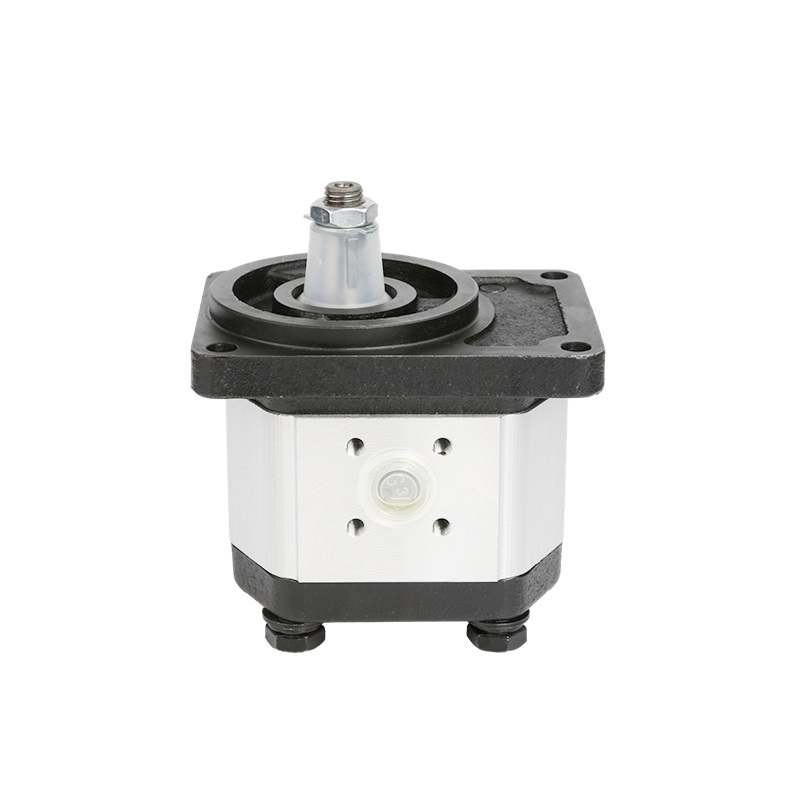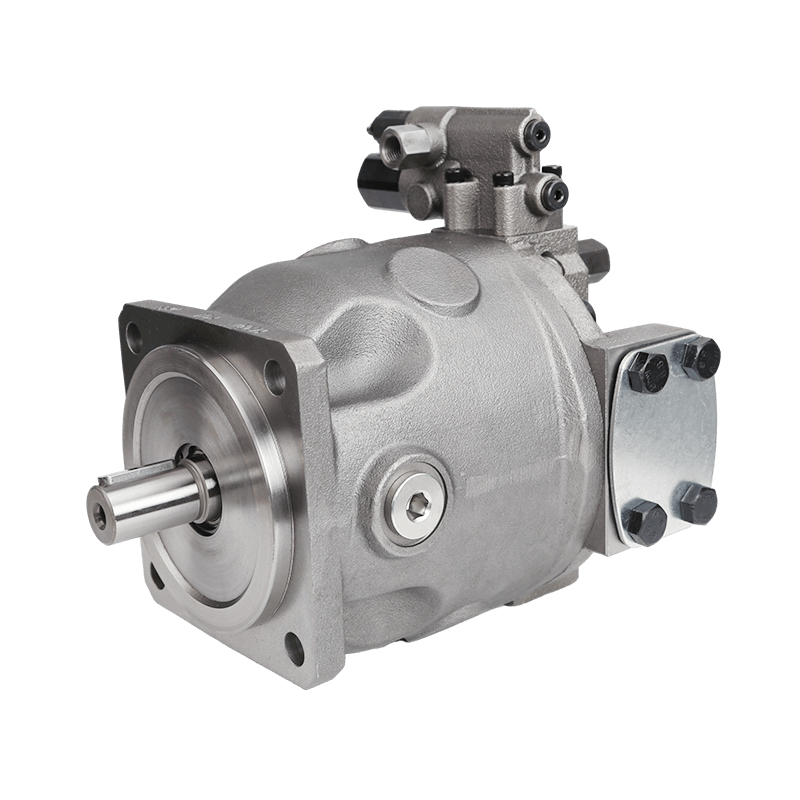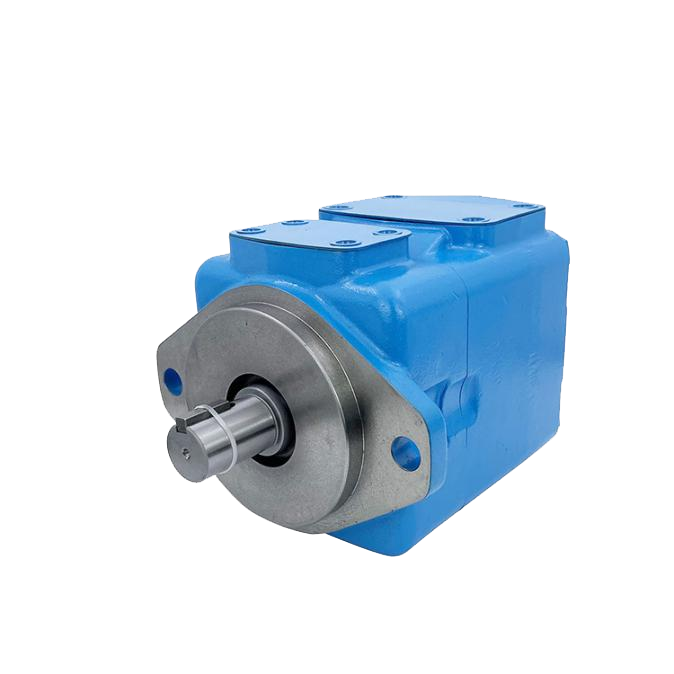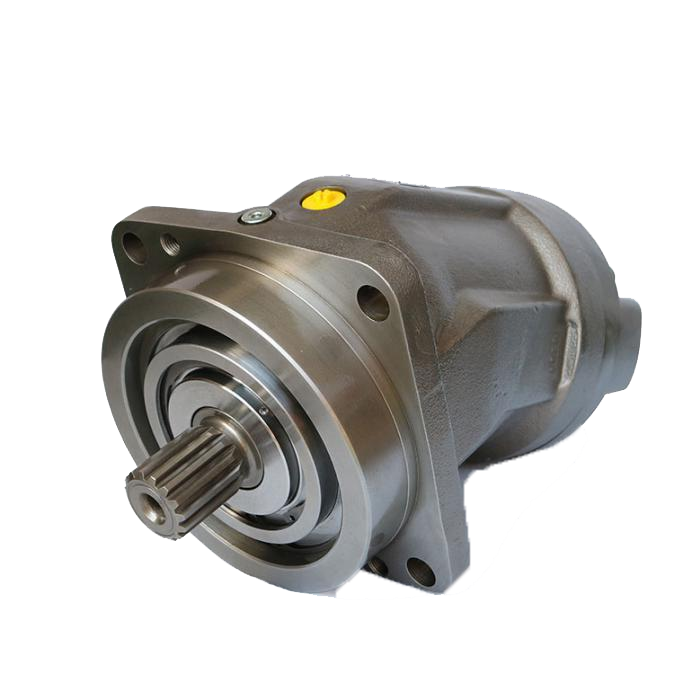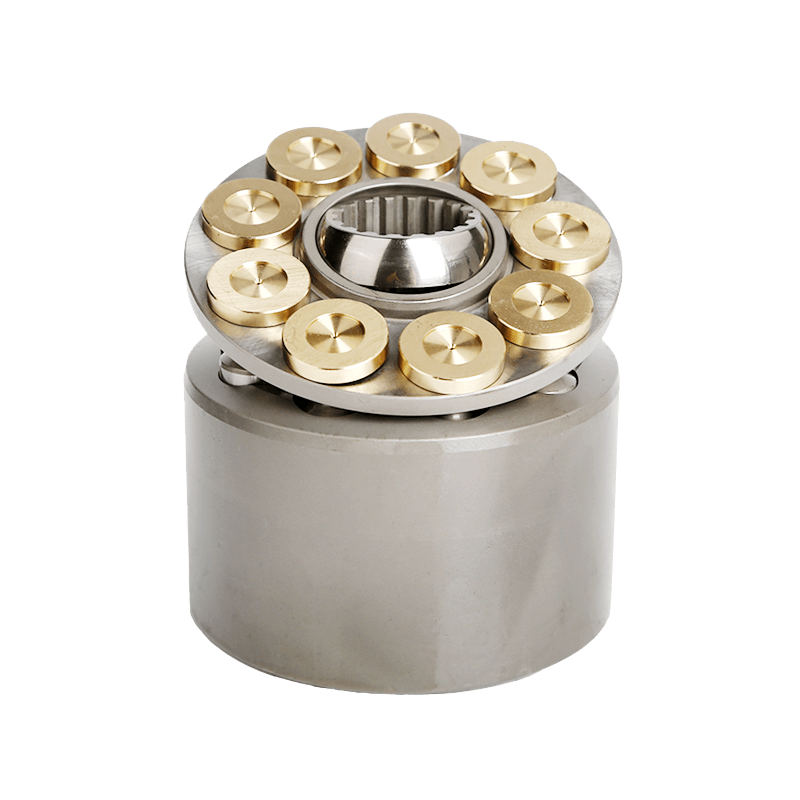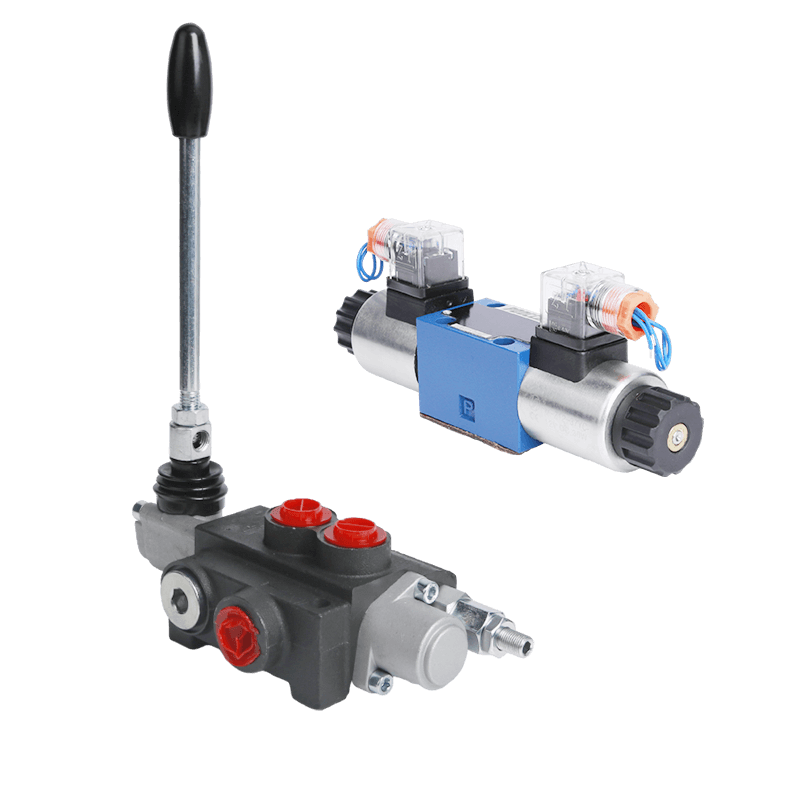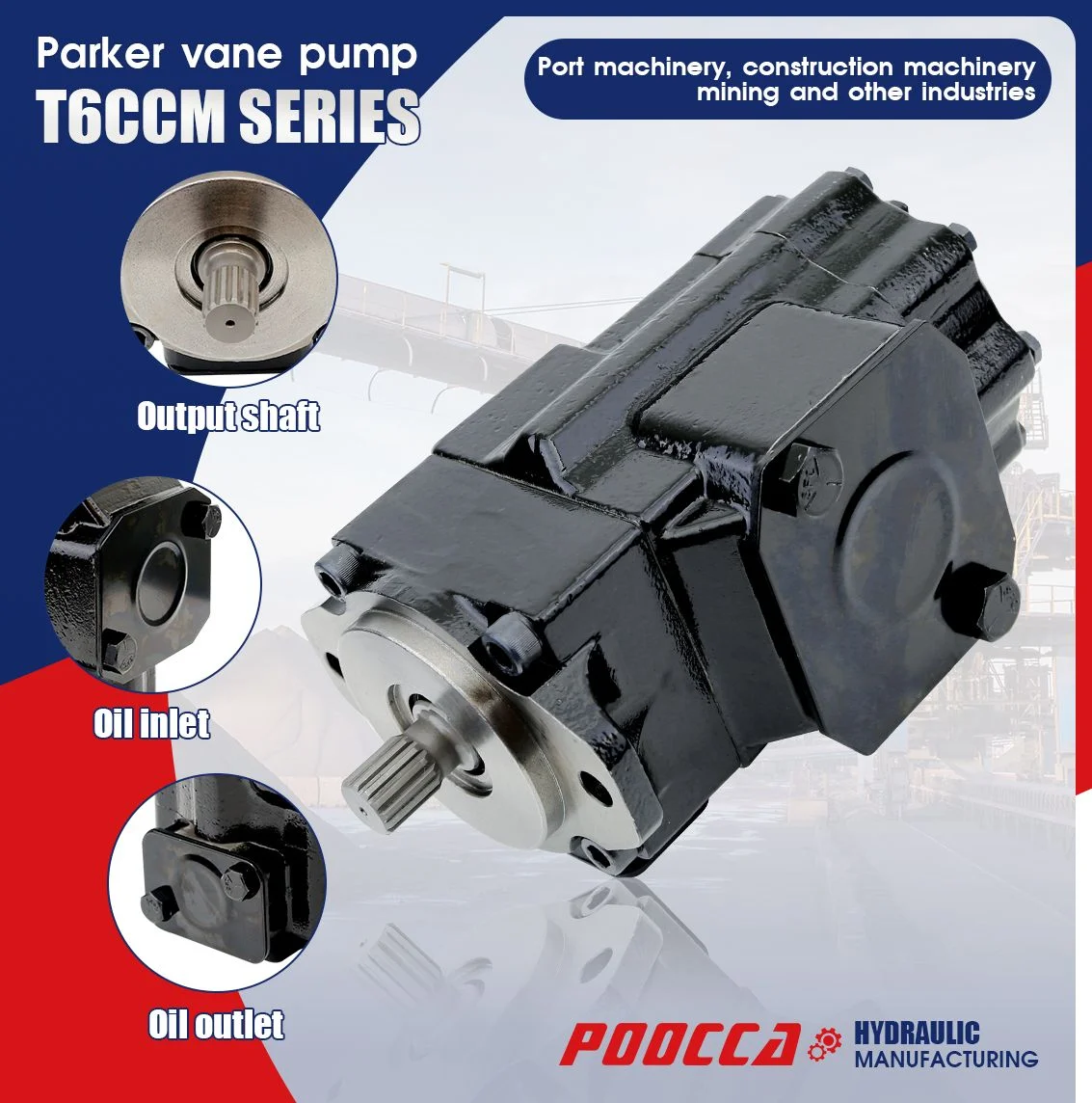Hydraulic vane pumps form one of the major bases of industrial operations and provide fluid power to several different kinds of duties. With their reputation for reliability, stability in performance, and consistency in output pressure and flow, they play a very important role in ensuring hydraulic systems work without jitters. Like every other mechanical device, however, they have to be properly operated and maintained in order to extend their lives and improve their effectiveness.

How Hydraulic Vane Pumps Work
Working principle: The principle of operation for a hydraulic vane pump depends on vanes which, sliding inside the rotor groove, come into contact with the pump casing, also called the stator ring, in order to displace the fluid from the inlet to the outlet. According to the manufacturers, rotor grooves and chamfers are machined into the design in specific directional configurations. Most typical Vickers vane pumps have only one direction of rotation. Efficiency of a hydraulic vane pump is greatly determined by tight clearances and the right oil viscosity.
Essential Operating Tips for Hydraulic Vane Pumps
The operation of hydraulic vane pumps requires attention for their appropriate performance and life. Some of the key operating guidelines or tips are mentioned here:
Avoid Dry Running/Overloading
To avoid pump breakage, the pump should be always lubricated and never overloaded. Dry running can give severe wear and tear to the hydraulic vane pump and can result in its early failure. For this, before starting the pump, the necessary fluid should be available in the system. This is because overloading can create undue stress to the internal parts, accelerating deterioration.
Avoid Air Suction and High Vacuum
Keep the air from entering into the system as it can drastically reduce the efficiency of the hydraulic vane pump. Additionally, ensure that the suction vacuum is not too high. Air in the hydraulic system can cause cavitation, which may cause damage to the components of the pump.
Maintaining Proper Pump Rotation
Pay close attention to the rotation direction of the pump. Vane pumps are designed for a specific rotation, which affects the direction of fluid flow. The rotor grooves are tilted and the vanes have chamfers suited to this design, which dictates the correct rotation direction of the pump.
Oil Temperature and Viscosity Control
The temperature of the oil must be below 55°C, while the viscosity is in the range of 17 to 37 mm²/s. Oil should have appropriate viscosity for lubrication and also not to leak out. The small variation in the temperature has large effects on oil viscosity, therefore, keep it in great concern. A good quality return line filter can also be used for sustaining the quality of the oil.
Oil Velocity and Inlet Pressure Checking
Inlet and outlet oil velocity is always to be checked, either they come in an acceptable range or not. Their maximum velocities should not exceed 1.9 m/sec at inlet and 6 m/sec at an outlet. At inlet port pressure is to be checked. The appropriate arrangement of tank position, as well as the speed of shaft rotation.
Pressure Cycles Management
If the hydraulic vane pump operates in the system with rapid pressure cycles, then the gradient of pressure increase and drop concerning the inlet pressure is required to be observed. Cavitation should be avoided by keeping the pressure increase at below 5000 bar/second and pressure fall at below 6000 bar/second.
Important Tips Regarding Maintenance of Hydraulic Vane Pump
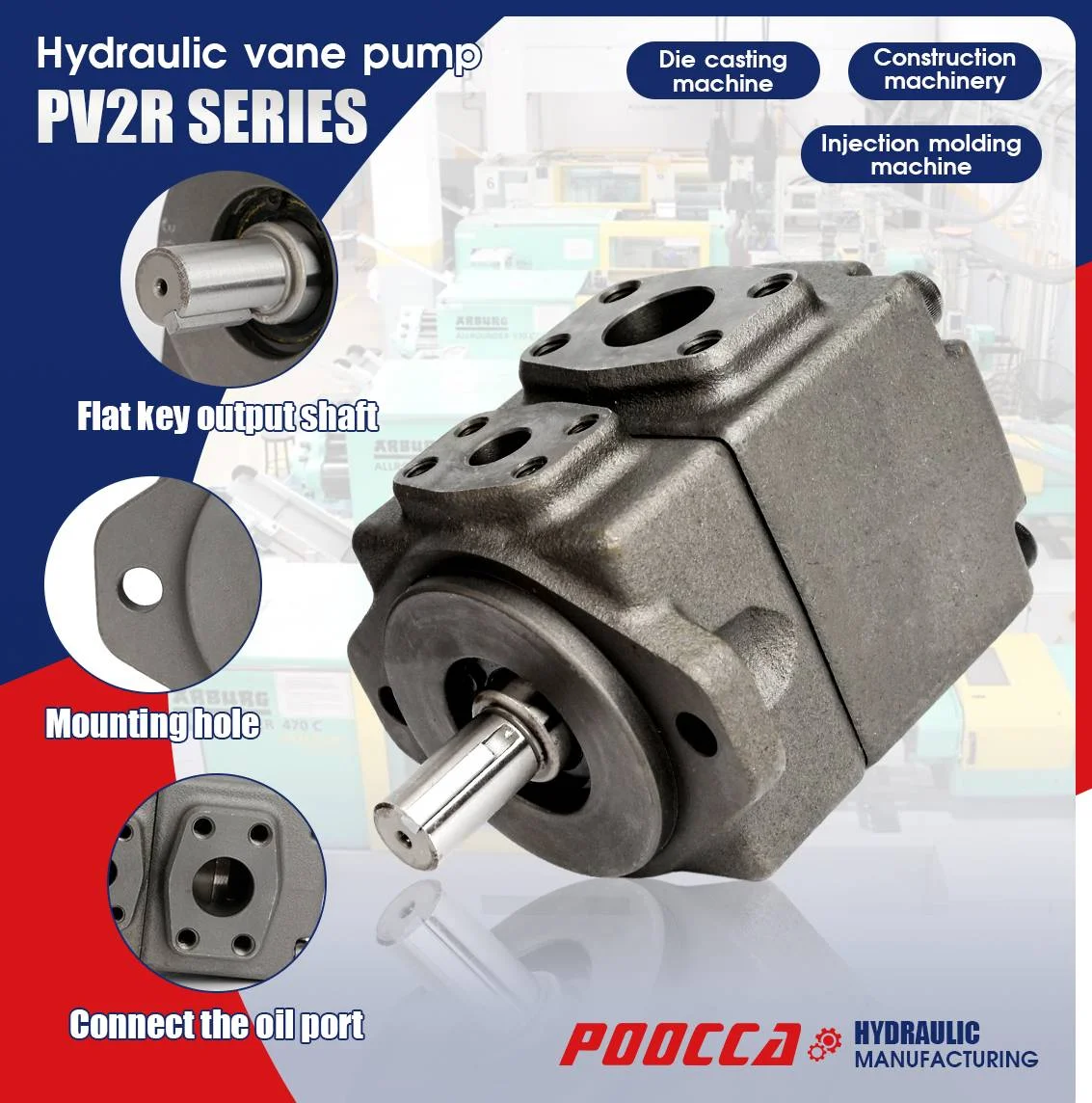
Like most equipment, hydraulic vane pumps will see their lives and effectiveness maximized with regular maintenance. A few maintenance tips include the following:
Regular Inspections
Regularly check the hydraulic vane pump for wear, damage, or leakage. The things to check include loose connections, worn-out vanes, and excessive noise or vibration during operation. Daily checks should be visual, including fluid level and temperature. Weekly checks should involve cleaning filters and ensuring that connections are not loose. Checks to be done on a monthly basis include the inspection of vane tips, analysis of fluid quality, and checking of the system pressure.
Fluid Quality Analysis
Check hydraulic fluid quality and cleanliness regularly. Contaminated or degraded fluid will lead to increased friction and wear on pump components. Use only clean fluids recommended by the manufacturer. Improper application of fluid will result in premature failure.
Filter Maintenance
Cleaning or replacing filters will prevent debris from entering the system and obstructing flow within the pump. During flow, there is a drop in pressure with clogged filters, which further stresses the hydraulic vane pump and reduces efficiency. Correct filter size and type shall be used at all times to avoid contamination.
System Temperature Control
Keep your Hydraulic System Cool- Use cooling devices like an appropriate-sized reservoir coupled with a heat exchanger for maintaining the temperature within the accepted range. Severe heat has a rapidly debilitating effect on hydraulic vane pump vanes as well as its internal parts. Too much heat degrades the fluid, hence the pump may fail prematurely.
Training Maintenance Personnel
Ensure that all maintenance personnel are properly trained in the operating principles, procedures, and safety protocols relating to hydraulic vane pumps. Proper training can help prevent operational errors, which often lead to damage and system downtime.
Tight Fasteners
Loose fasteners around the pump should be checked periodically. Tightness, but not over-tightening, ensures better performance overall. Vibration and misalignment can result from loose fasteners.
Monitoring System Pressure
Check the system pressure regularly. Too high hydraulic pressure can put unnecessary stress on internal parts, which will accelerate their wear and tear. It is crucial to keep the hydraulic system within the recommended pressure range.
Hydraulic Fluid Change
Monitor the hours of operation to understand if the time has come to change the oil. The manufacturer of the pumps will provide the fluid change schedule. Choose an appropriate type of fluid for a given pump. Periodic change of fluid in the pumps would prevent contamination and give good performance.
Stock Replacement Parts
Inventory replacement vanes and cam rings whenever possible. Stocking complete cartridge kit often simplifies repairs. This minimizes the repair time and helps speed up.
Addressing Low Pressure or Flow Issues
Check for leaks in the system, inspect vanes for wear or damage, and ensure the inlet is not clogged when experiencing low pressure or flow.
Resolving Noise and Vibration
Check for air in the system and bleed it if necessary. Also, inspect for loose components and ensure proper alignment of the pump to address noise and vibration.
Preventing Overheating
Check that the cooling system is functioning properly, there are no flow restrictions, and correct type and viscosity of fluid is applied to prevent overheating.
Repair Procedure Hydraulic Vane Pumps
Following are some of the repair procedures when a hydraulic vane pump fails.
Disassembly and Inspection
Before the pump is removed, disconnect power and relieve hydraulic pressure in the system. Dismount the pump according to instructions of manufacturer; note position and arrangement of all components as they are dismounted. Housing, rotor, vanes and seals must be carefully inspected for evidences of wear and abrasion. Clean components thoroughly with recommended cleaning agent.
Reassembly
Replace worn-out or damaged parts with new ones, using original replacement parts that are compatible to ensure longevity. Follow the instructions given by the manufacturer for reassembly, taking care to align and position the parts properly. Smear moving parts with hydraulic fluid appropriate for the particular machine and reinstall the pump into the hydraulic system. Bleed air from it.
Testing
Operate hydraulic vane pump and check for leaks, noise and proper operation – Check to see that pressure and flow of pump is correct.
POOCCA Hydraulic Vane Pumps
The range of hydraulic vane pumps includes single vane pump, double vane pump, and triple vane pump. POOCCA hydraulic vane pumps have earned fame for their operational stability, adjusted flow control, and high efficiency. Standard applications of POOCCA hydraulic vane pumps include construction machinery, farm machinery, aerospace, and shipbuilding industries.
Starting in 2006, POOCCA has grown to become one of the main brands in the hydraulic industry, specializing in the design, manufacturing, maintenance, and sales of hydraulic pumps, motors, valves, and accessories. POOCCA sells Parker and Vickers vane pumps. POOCCA hydraulic pumps are made from high-quality material and go through a strict test to achieve a 99.9% production qualification rate. Whether you need a single-acting, double-acting, or variable vane pump, POOCCA has a solution.

